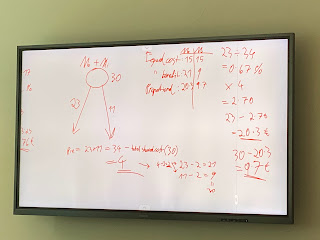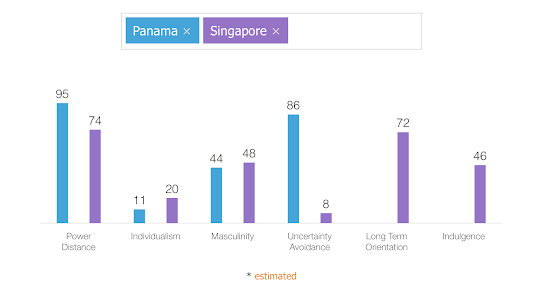Cross-Cultural Training Session 9 and 10
Today, we started the class with the presentations and we moved to the topic of corporate culture, which should have been done for the group assignments. A corporate culture should bridge cultural differences and integrate employees from different national cultures under one set of corporate vallues, beliefs, attitude, and above-all behavioral rules. Then, we moved on to the onion rings that included symbols (words, pictures, gestures or objects, that have specific meaning in a firm such as titles, dress code, work hours), heroes (individuals with a certain chracteristics which act as a role model for careers and desired behaviors), rituals ( activities to integrae employees from different national and professional cultures such as Budgeting and Controlling, Project Management, Greeting, first name) and practices (bringing all elements together). Hofstede created a system, similar to the national culture, for corporate culture. Process-oriented vs. Results-oriented, Employee-oriented v...

